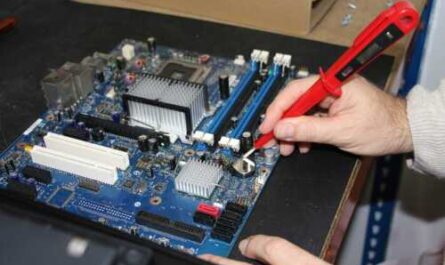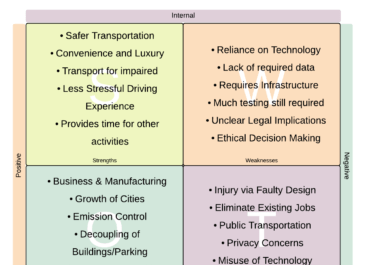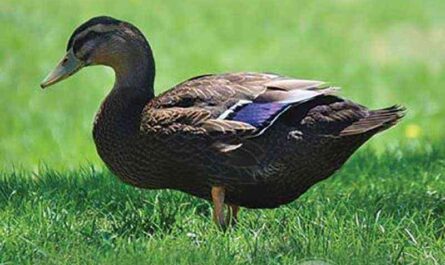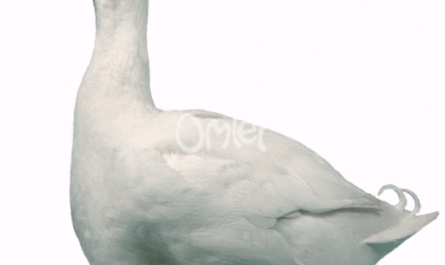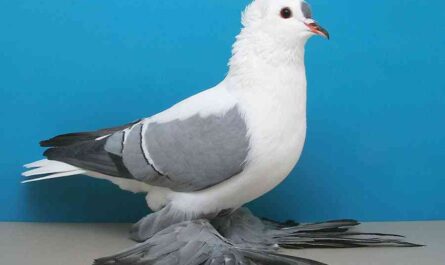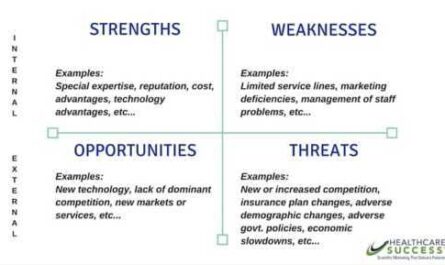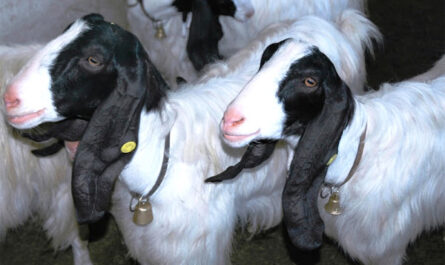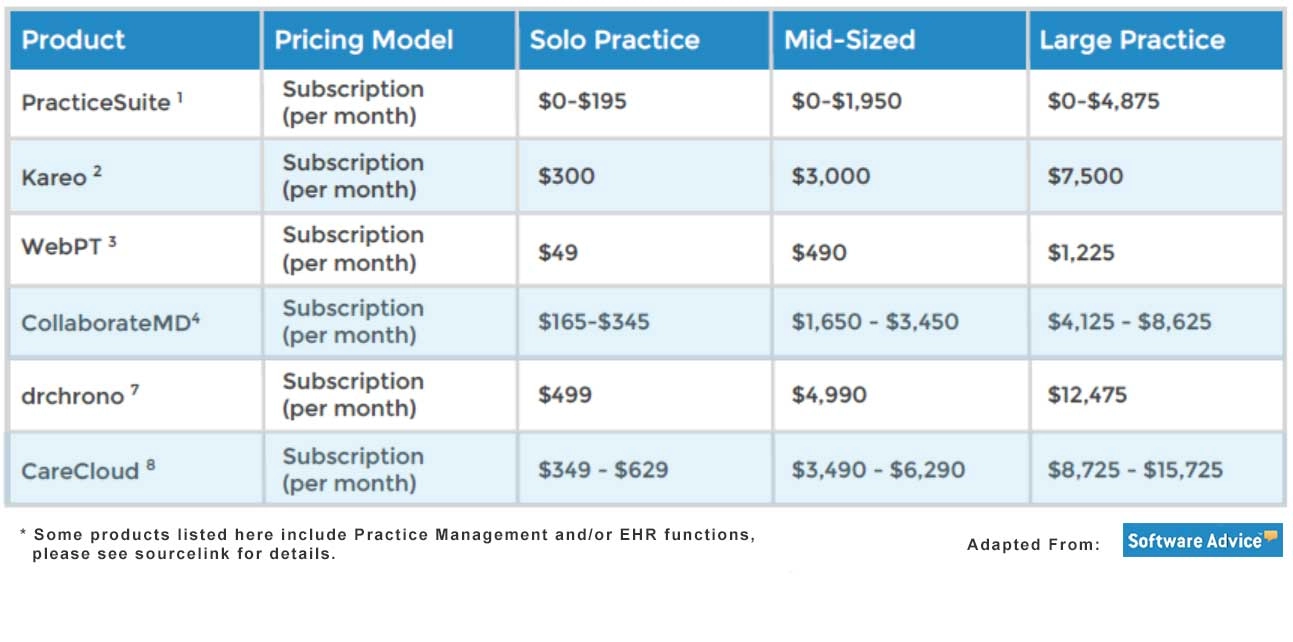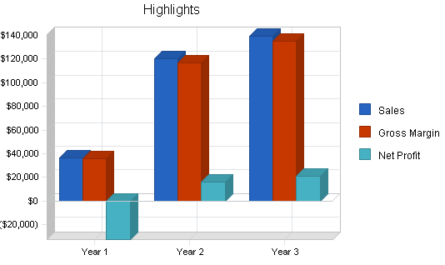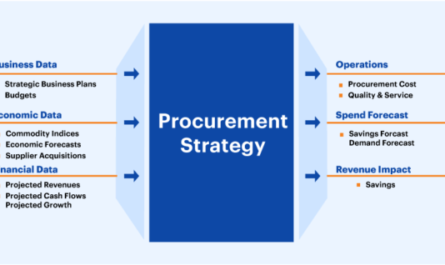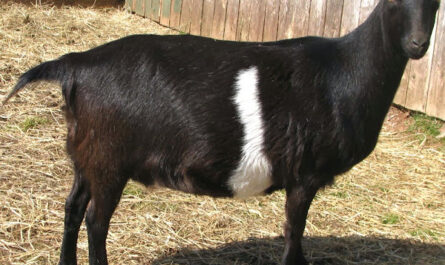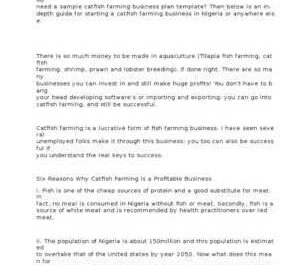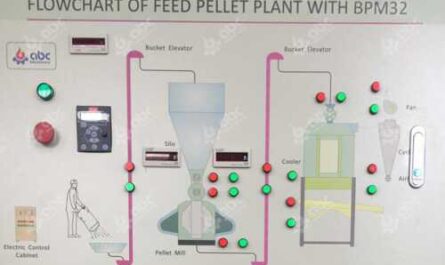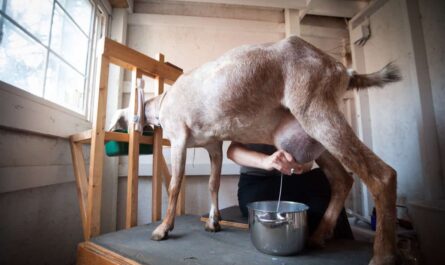Silver carp farming is widespread in countries and regions where it is available. It is a very fast growing freshwater fish species, very suitable for commercial production. In fact, the silver carp farming business is very popular in South Asian countries.
The silver carp is actually a species of freshwater carp. This is an Asian variety of carp that grows in China and Eastern Siberia. By weight, aquaculture produces more silver carp than any other species of fish except grass carp.
Silver carp generally live in a temperature range of 6°C to 28°C. And they usually need static or slow-moving water. Although they can survive in the climates of most South Asian countries.
Silver carp are usually cultured in polyculture with other Asian carp species, and sometimes with rui, katla, mrigal or other freshwater cyprinids. Today, silver carp is available in most countries of the world. Although in some areas it is considered an invasive fish species.
Silver carp were brought to North America in the 1970s to control algal growth in aquaculture and urban sewage treatment plants. But shortly after importation, they escaped from captivity.
However, commercial farming of silver carp is very profitable and these fish grow faster than other cyprinids. Usually, silver carp reach an average length of 0.6 to 1 meter with a maximum length of 1.4 meters. And the fish can reach a maximum body weight of about 50 kg.
Benefits of silver carp fish farming
There are certain benefits to starting a silver carp farming business. Below are the most notable benefits of starting commercial silver carp farming.
- Silver carp are herbivores and are at the bottom of the food chain. Therefore, feed and fertilizers are readily available at very low cost.
- The seeds are easily obtained by artificial selection without depending on natural resources.
- Production management is easier and the rearing period is shorter than other cyprinids.
- Silver carp can be poly-cultured with other carp species, mainly due to its specific habitat.
- The fish grow faster and reach marketable weight sooner than most other fish species.
How to Start a Silver Carp Business
Getting started with commercial silver carp farming is very simple. You can start commercial farming of this fish without previous experience. The survival rate is much higher and these fish can be fed very poor quality food.
And they grow faster than many other cyprinids. However, here we try to outline more information about starting and running a commercial silver carp business.
Site selection
First, you need to choose a very good location to start a silver carp business. The chosen site should be free from all kinds of noise and pollution.
And it will be very good if the selected site is located far from residential areas. Because in residential areas land prices are much higher.
Although you can start a commercial silver carp business if you already have ponds. Also consider the presence of full sun when choosing a site.
Construction and size of the pond
After choosing a good site, you need to build a pond. Earthen or natural ponds are considered good for starting a silver carp business.
Concrete, plastic or other types of artificial tanks are not suitable for keeping this fish. We therefore recommend that you build an earthen pond.
And for commercial silver carp farming, it will be better if the pond size is at least one acre. Although you can breed fish in the tanks you have.
Basin preparation
You must prepare the pond before you fill it with water and bury the fish in it. You should add both organic and inorganic fertilizers to the pond to encourage natural food production. And apply lime to sterilize the basin.
The doses of lime, organic and inorganic fertilizers depend on the intensity of agriculture and the own productivity. Please contact your nearest aquaculture specialist or any fisheries institute for more information on this.
Seed collection
Silver carp seeds are readily available through artificial breeding, without the use of natural resources. In areas where silver carp farming is prevalent, there are many hatcheries. So you can easily collect juveniles from any nursery near you.
Raising the young
Special care is required for growing underyearlings, as they are small and tender. Their food capacity is low and they adapt poorly to environmental changes. And they don’t know how to avoid predators.
Thus, well-controlled intensive systems are needed to increase survival and raise healthy fry. It takes 20 to 30 days to grow juveniles in a nursery pond. Then lead them into the main pond when they reach 8-12cm in body length.
Stocking in the main pond
You can put the fry in the main tank/a when they reach 8–12 cm in body length. Silver carp are usually stocked with other carp species.
And the total stocking density with other species of fish can be between 25,000 and 30,000 individuals per acre. Please consult an aquaculture specialist in your area for more specific recommendations.
some products
Typically, silver carp feed on phytoplankton, feeding on diatoms, dinoflagellates, golden-brown algae, green algae, yellow-green algae, and blue-green algae.
In addition, the main components of their natural diet are detritus, rotifers, bacterial accumulations and small crustaceans. And it is not necessary to provide complex feeds for breeding silver carp.
Although you should provide additional fish food if you want faster fish growth and increased stocking density.
Harvest
Silver carp is a very fast growing fish species, and it reaches prey size much earlier. You can expect good growth and a good crop size in a year. However, you can start fishing when the fish reaches the desired size.
You can fish from the pond using fishing nets. In fact, you have to fish according to size and also according to market demand and price.
Marketing
Silver carp are usually purchased live and fresh from the market. It is therefore very important to keep them alive from harvest to marketing. Thus, trucks, boats or other vehicles containing water are used as vehicles in most cases. Therefore, try to send the fish to market as soon as possible after harvest.
Costs of running a silver carp business vary from location to location depending on many factors such as labor costs, farm space, water, seeds , food, electricity and transportation. But on average, commercial farming of silver carp is very profitable and you can make a good profit in a very short time. The ROI (return on investment) ratio is also very high. Good luck and God bless you!
video

